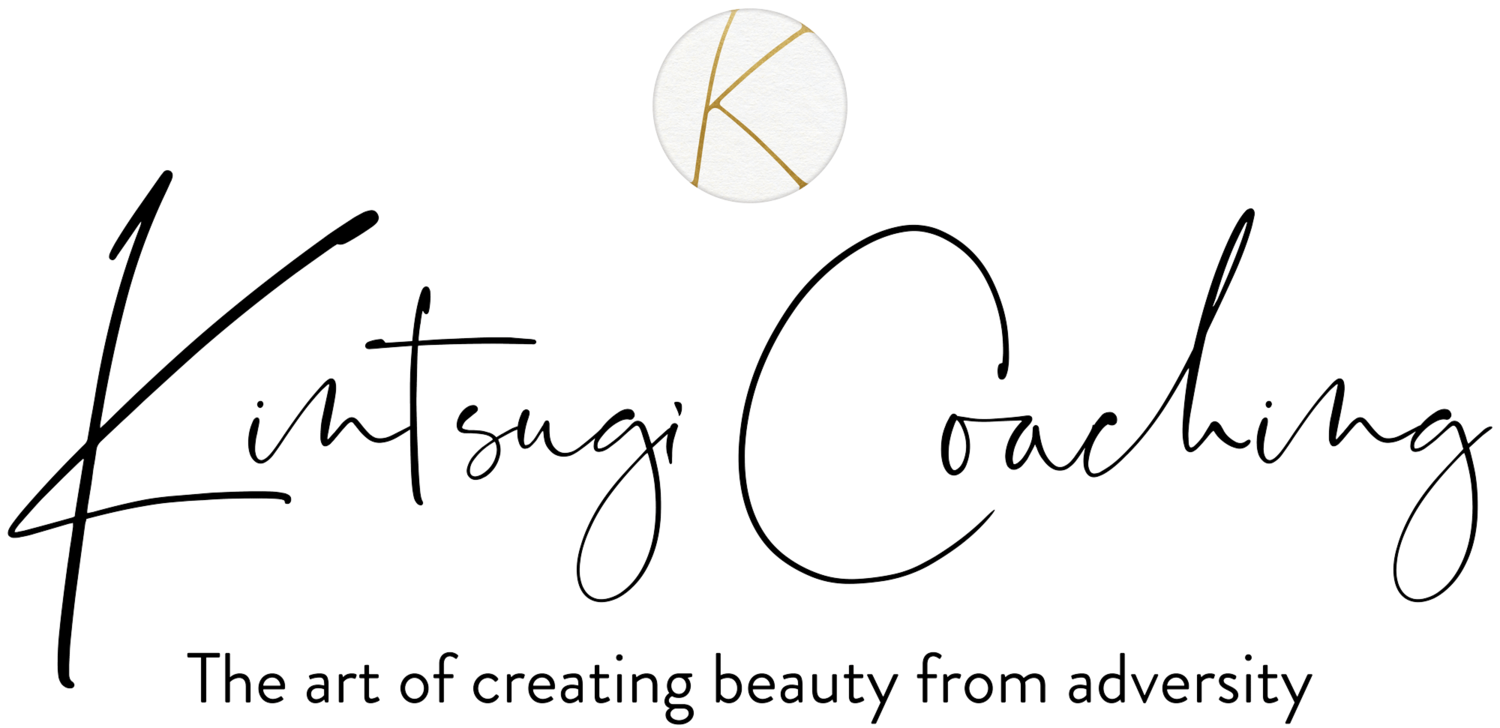In Defense of Melancholy
I am, by nature, a melancholy person. After years of grappling with it, judging it, hating it and trying to change it, I give up. I’m coming out of the closet. I am embracing, if awkwardly, my melancholia. I see it as integral to my personality, perhaps even helpful to my writing. Fun, it is not, nor is it easy. In my next life, in addition to having a body like Penelope Cruz, I’m going choose a different sort of nature, something lighter and easier. But for now, I accept my fate. I don’t like it, but I accept it.
Not that I have much choice. Melancholy is a temperament. It means mournful, soberly thoughtful, pensive. If it were a crayon, melancholy would be Cornflower Blue rather than Midnight or Pitch Black. Melancholy is the condition of being exquisitely sensitive. It is the experience of taking in all of life at once, without excluding the ugly or uncomfortable.
The term “melancholy” fell out of fashion some decades ago; given it’s meaning, it’s little wonder that the word disappeared from our vocabulary. Americans can barely tolerate introversion, much less withstand a good bout of melancholy or, God forbid, a full-fledged clinical depression. Instead, we medicate these conditions, an act that implies there is something wrong with entertaining these dark visitors, as though such states of mind and soul are invading viruses that, uncontained, might cause a widespread and disastrous pandemic of sad and unproductive people.
Americans have a seeming inability to tolerate that which is not bright or pretty or easy. We eschew the dark side of life, the shades of blue and gray. We do not see life as it actually is: easy and difficult; happy and sad; bright and dark. We split-off the difficult believing, mistakenly, that if you play your cards right, you can avoid the messier, less pleasant aspects of life.
It is human nature in its most basic form to gravitate to that which is pleasurable and avoid that which is painful. I understand this point of view. I do. I don’t want to get wrinkles. I’d like to be happy-go-lucky. I don’t want to feel everything as intensely as I do.
I know for a fact that I am a much happier, nicer person when I am getting a new crown at the dentist. With the help of nitrous oxide, the ten thousand thoughts and mess of emotions I juggle on a daily basis fade quickly and strangely into the gas-induced mist. Suddenly, life seems effortless, easier. I would be a better wife and mother if I could just stay in a happy haze of nitrous on a regular basis. How much nicer it would be to obviate the niggling, sharp finger of too-much-awareness poking its bony finger in my ribs.
Nicer, yes, but not normal. This is not how life works. There is no light without dark, no joy without sadness, no appreciation without deprivation. The absence of one negates the other. You cannot feel deep joy unless you have experienced profound grief, and vice-versa. My brother, at a loss for comforting words when I was deep in mourning, reminded me that it was only because I had dared to love so deeply that I was grieving so profoundly. Cold comfort, perhaps, but true nonetheless. Melancholy lives with this tension of holding these seeming opposites together.
The Taoist yin-yang symbol is the imagistic representation of the unity of this field of existence. Light and dark flow eternally and seamlessly into one another, each containing the seed of the other within its center. They dwell in each others embrace. Melancholy is the experience of entertaining this seeming duality. It is the sadness in the midst of joy. It is sensing the winter even while reveling in autumn’s beauty. It is the joyful mourning of watching my baby disappear into an independent child. Melancholy is the simultaneous experience of the agony and the ecstasy of life.
Despite a cultural conditioning that attempts to eschew the ugly, difficult and uncomfortable, the fact remains that I don’t want a box of crayons containing only Cheerful Cheeky Orange. Blue and green and even black are not only necessary but desirable for a complete palate and a full life.
I have a dear friend who is, by nature, a Sunny Yellow crayon. He has entertained HIV for two decades and in my book that entitles him to be a darker hue — gratis; yet he is perpetually, maddeningly cheerful. Yes, I’m a bit envious, but mostly I’m irritated by his eternally good-natured disposition. It’s just not human. But I try to accept him. It’s not his fault that he’s so annoying. Not everyone can be blue. His nature balances and compliments mine. He is the yang to my yin.
Each of us, inhabiting our true natures, adds to the complex and nuanced layering of life. And though I may not have an easy time being Cornflower Blue, it’s actually a pretty nice color. I don’t think I could handle Fire Engine Red. I don’t have the energy; I’m otherwise occupied being soberly thoughtful. But it’s nice to know that it’s not a complete box of crayons without me.

